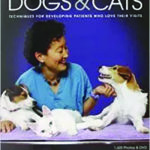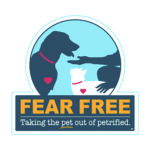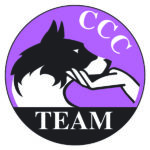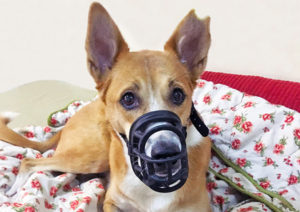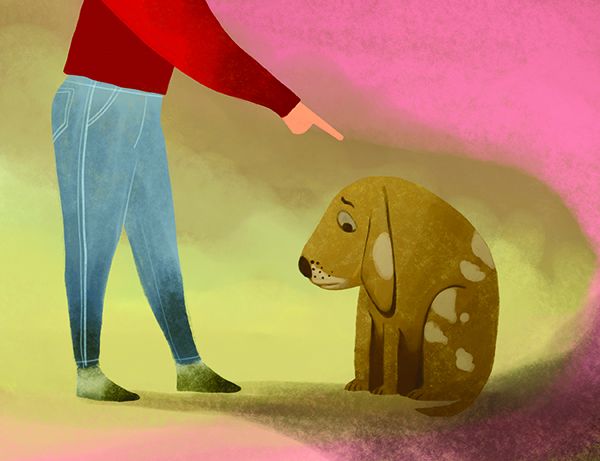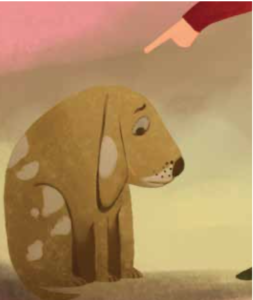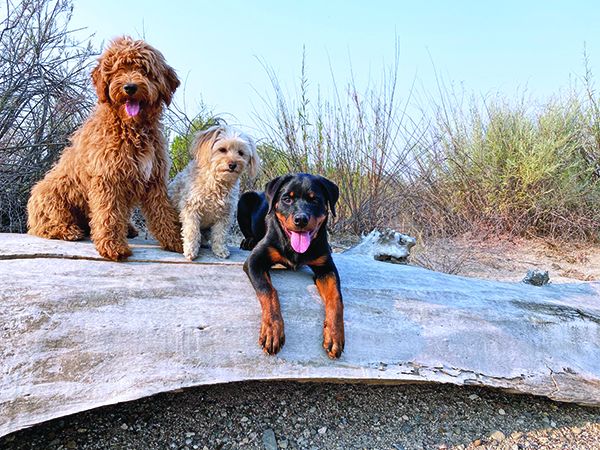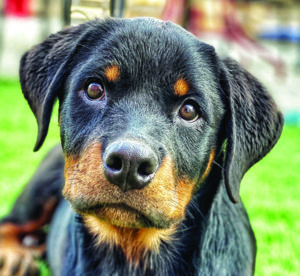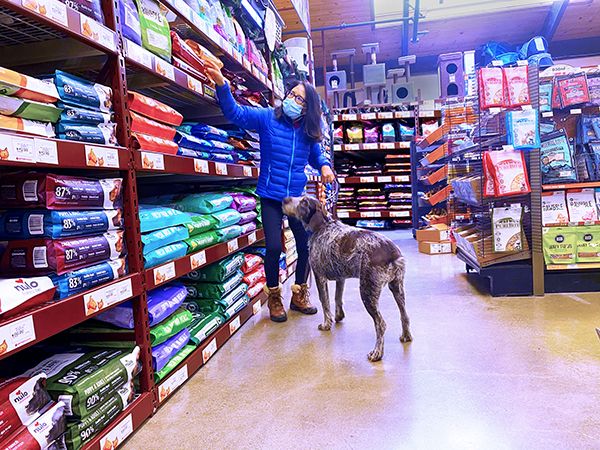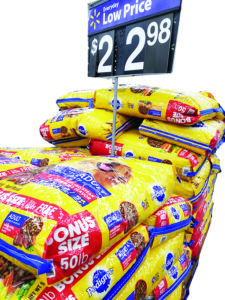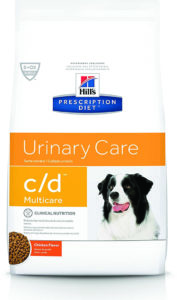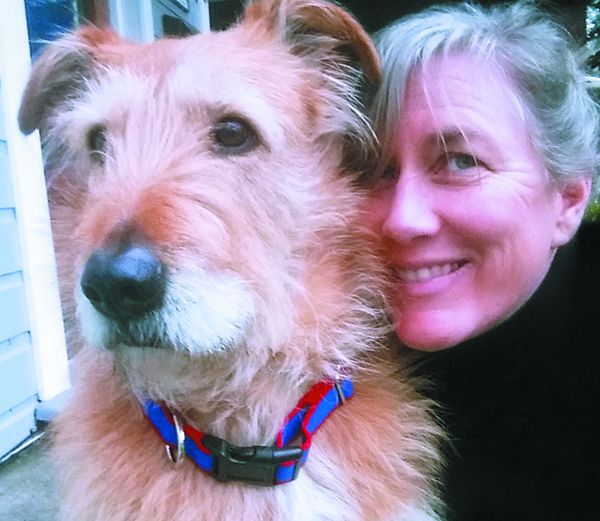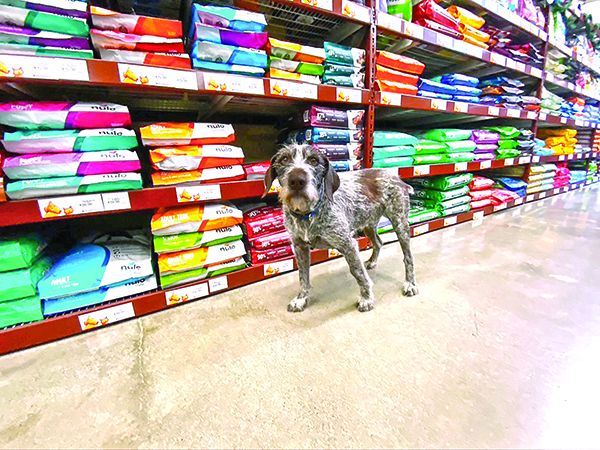For the past few years, my son’s former sports teammates and co-workers have been a great source of adoptive homes for dogs in my local shelter – or, I should say, my local shelter and I have been a great source for them! My son is 28 and most of his friends are in the same age range. They almost all live in the east San Francisco Bay Area. One by one, they have been getting married, buying homes, and/or starting families. And many of them start their families with a dog! These are educated urban professionals with good incomes – and most of them are athletes who love having dogs to run with them, so they are looking for athletic dogs.
I live about 150 miles north of San Francisco. In this rural area, we tend to get a wide variety of dogs in the shelter. Like every shelter, we get a lot of “bully breed” mixes (which may be any thing with any amount of American Pit Bull Terrier or American Staffordshire Terrier in its pedigree) and Chihuahua-mixes. These are the types that are most frequently produced for sale by backyard breeders or accidentally bred by irresponsible owners – and the ones that are wildly over-represented in shelter populations across the nation. But in this area, Labradors are also very common, as are Australian Cattle Dogs, German Shepherds, all types of hounds, and mixes between all of those. (In fact, DNA tests say that my 13-year-old dog Otto, adopted as a 6- to 7-month-old pup from my local shelter in 2008, contains all of those breeds except hound and Chihuahua! Ha!)
This north-state/Bay area dog connection started with the puppy who became my son’s dog, Cole, in late 2013. At the time, my son was in college and attending a semester abroad in Spain. But he had already signed a lease for a room in what would be his first dog-friendly rental house in Davis, California, where he would be returning to college in February – and, while in Spain, he frequently spent time looking at the pictures of adoptable dogs in my local shelter; he couldn’t wait to get home and adopt his first “own” dog. I kept getting emails: “Mom, could you go to the shelter and look at A546792? He looks nice!” and “Mom, what do you think about #A546804? How old is she? What breed do you think she is?” In this way, he spotted Cole before I did, from thousands of miles and an ocean away!

I went to the shelter on my son’s behalf to meet two pups he had spotted: a black Lab-mix and Cole, a mostly black pup who had come into the shelter with an American Black & Tan Coonhound mom and an all-brown sibling. I immediately knew that the hound pup was “the one.” I snatched him up and fostered him for the six weeks or so it took my son to get home from Spain and learn for himself that Cole was “the one.” Cole is smart and sensitive, goofy and affectionate, playful and (mostly) very obedient. My son’s done a great job of training and managing him, too – such a great job, that the silky black dog with the long ears has been a terrific ambassador for my local shelter. Everywhere my son takes him, people say, “Hey, where did you get your dog? What breed is he? He’s such a good boy! And so handsome!”
Strangers and random passersby are on their own, but my son lets his friends and coworkers know that if they are looking for a dog, know what they want in a dog, and are willing to be patient, his mom will help them find one.
Over the past few years, since he graduated and joined the workforce, I’ve found dogs for several of my son’s co-workers. At one point, he worked in a dog-friendly office and, after asking about Cole’s origins, two of his co-workers asked me to help them find a dog. For a while in 2015/2016, there were three canine alumni of the Northwest SPCA coming to work every day in an office tower in Berkeley, California.

The first of my son’s co-workers to ask for dog-finding help was Mapolo, who was looking for an “easy first dog,” as he had never owned a dog before! I found a mellow and affectionate 4-year-old Greyhound-mix whom I thought would be perfect. Mapolo adopted her on February 14 and named her Valentine – awwww! She was a big hit in the office, as she is a total love sponge, but she had one funny quirk: She would not enter the elevator on her own power. Just flat out would not do it. Mapolo got a certain amount of grief as he had to lift the big dog into the elevator several times a day until she got over her apprehension.
That was nearly six years ago. Early last year, in a new job, a new home, and along with his fiancé, Erin, Mapolo asked me if I could help him find a younger, more athletic dog to join the family and relieve Val from jogging duty. I found them a hilarious and mischievous young Shepherd-mix named Stella, who fit right into the family, worming her silly way into even Valentine’s heart. Repeat customers!

After Val joined the pack in the Berkeley office tower, I heard from another co-worker, Russell (who was also one of my son’s sport teammates). He and his then-girlfriend (now wife) were looking for an active dog who wouldn’t hurt or intimidate Jin’s older, small dog. I found them two candidates – an adorable but slightly over-the-top mini-Aussie and a calmer but larger Lab-mix. They drove up to meet both dogs but couldn’t decide, even after spending all day Saturday in the “get acquainted” area at the shelter with one dog, and then the other. They went home to think it over, and then called me with their choice: the Aussie. I pulled her from the shelter, and spent the rest of the week getting to know her and starting some basic training. They adopted her the following weekend and can’t imagine life without her now. She even has her own Instagram account: “Ava the Dog” @avaforcitycouncil.
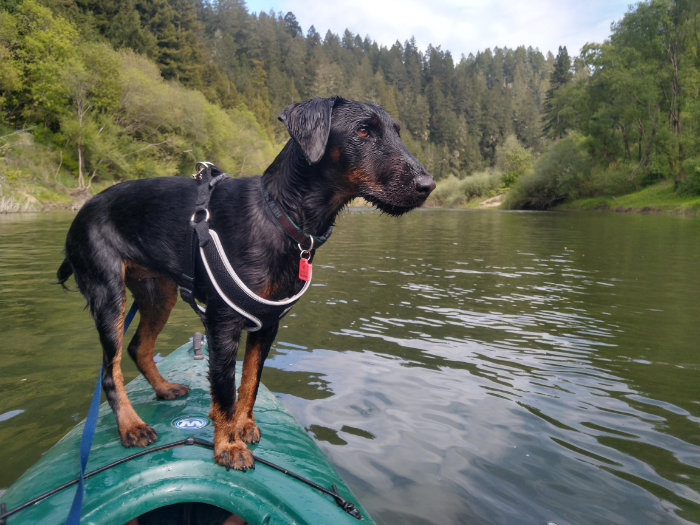
Here is a crazy story: My son has changed jobs, but in January 2020, I received an email from another guy he worked with at his old job in Berkeley. Alexander was looking for a fun, active dog, not too big and not too small. I knew just the one! Just days before, I was at the shelter, taking photos of adoptable dogs for the shelter website, and I saw this absolutely gorgeous terrier who had come in as a stray weeks before. I thought he was just stunning, and looked a lot like a purebred Jagdterrier. I sent his pictures to Alexander, who was definitely interested. Since I was going to the Bay Area to visit my son and pick up a relative from the airport there in a few days, I offered to pull the dog and bring him down with me. Alexander met the dog and that was that. Yay! Another adoption. Alexander named the dog Wayne.
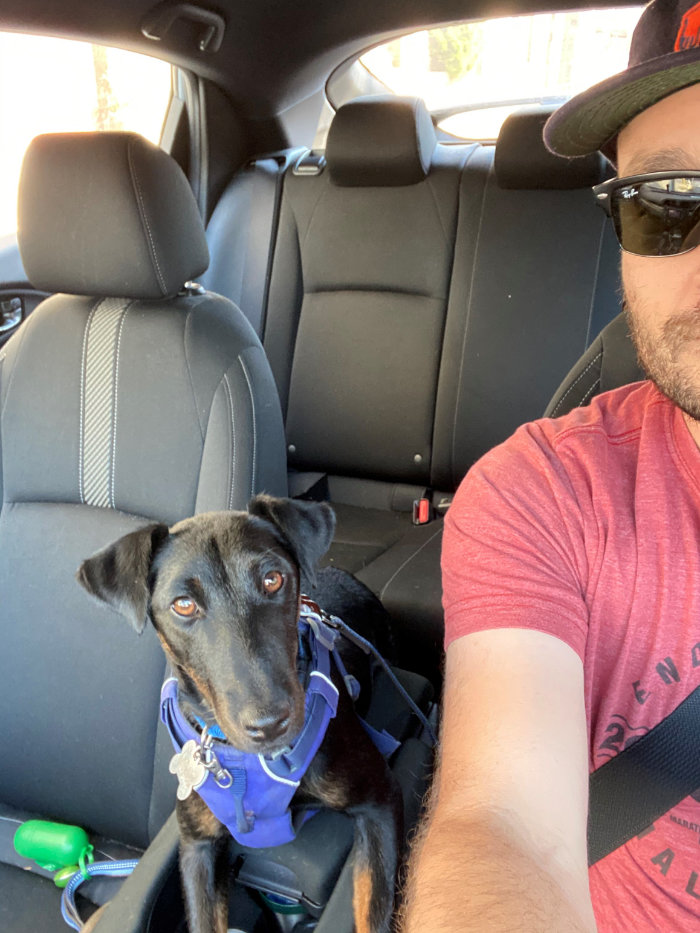
Just six months later, I got another “Can you help me find a dog?” email. Like Russell, Sam is one of my son’s former teammates – and was hoping I could help him find a dog as nice as Cole and Ava, whom he had met many times after sports practices. In the midst of the pandemic, I hadn’t been to the shelter for months, but I looked over the prospects and saw… another Jagdterrier? What?! I made an appointment to go meet the dog (pandemic-era new rule) and fell in love with her. She looked nearly identical to the terrier I found for Alexander but seemed a little sweeter, less macho. I sent her pictures and a report to Sam, and BAM – he made an appointment to meet her, made the drive up, and made the adoption. He calls her Ladybird.
I’m trying to get Sam to meet up with Alexander so Wayne and Ladybird can meet; I want a picture of them together! Where did these TWO uncommon breeds come from, and how did they both end up as unclaimed strays in the middle of nowhere (as I affectionately call the place I live)?
Mapolo has since changed jobs, but now he, too, is promoting my dog-matching skills to co-workers. In October, I received an email from one of his new co-workers, requesting help with finding a nice family dog. Like every other family in the pandemic, stuck at home with no school to attend, his three kids were desperate for a dog to play with. Given that they’d be home for untold months, the time seemed right. I spotted a darling little hound-type who seemed to fit the bill, and BOOM- another adoption. They call him Arlo.
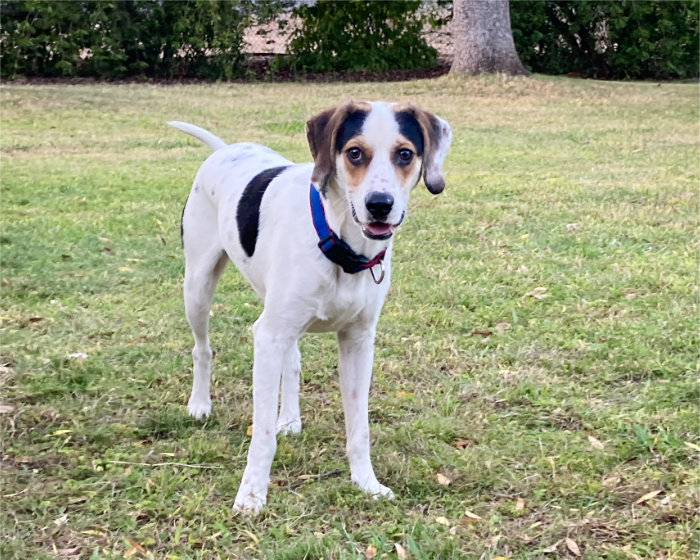
At the moment, I have a request for an athletic dog for a couple of my son’s former teammates – an actual couple, husband and wife. Like my son, both Adam and Claire have represented the U.S. (and won gold medals) in international competition, and they are looking for a dog who can accompany them on runs. But both Adam and Claire are also nurses and they work long hours, so the candidate dog also needs to be able to chill at home without tearing the house down. Making that task a bit easier: Sam and Ladybird live in the flat downstairs and will be their backup dog walkers. I have every confidence I will find the perfect dog for them.
Say, I should start charging for this service, shouldn’t I?


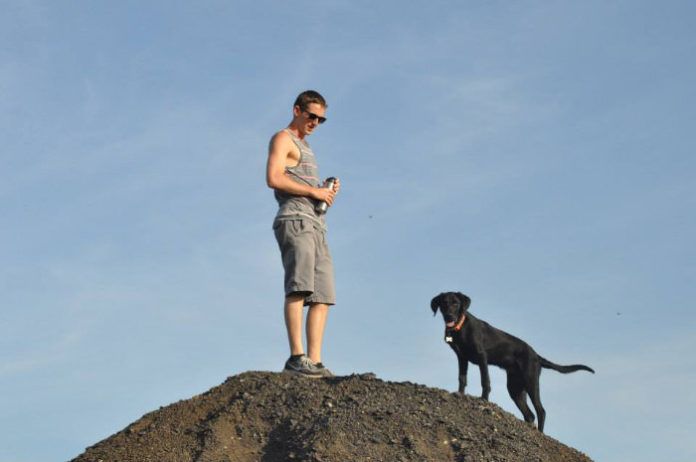

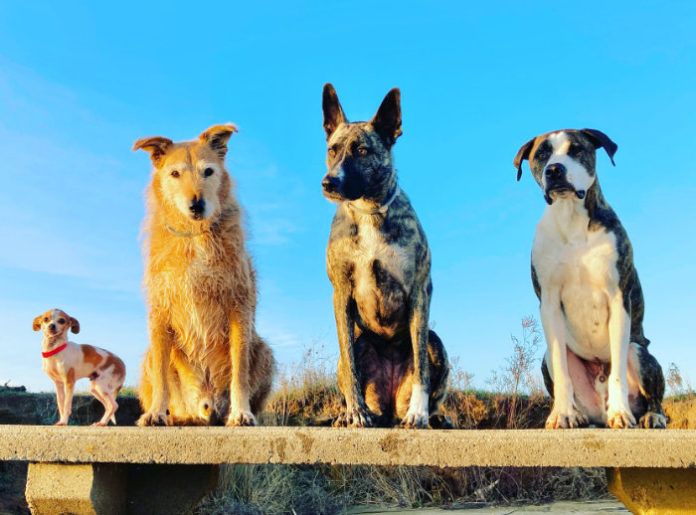
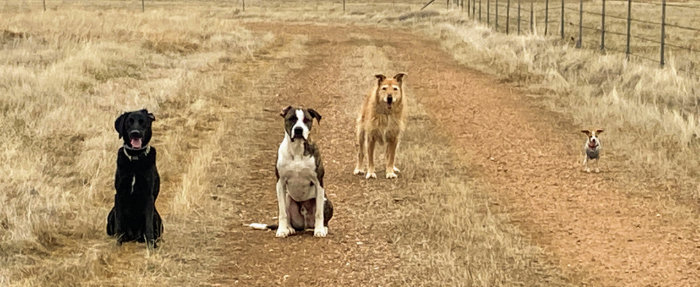
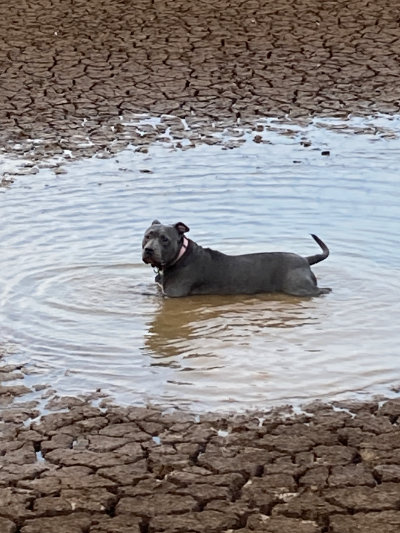
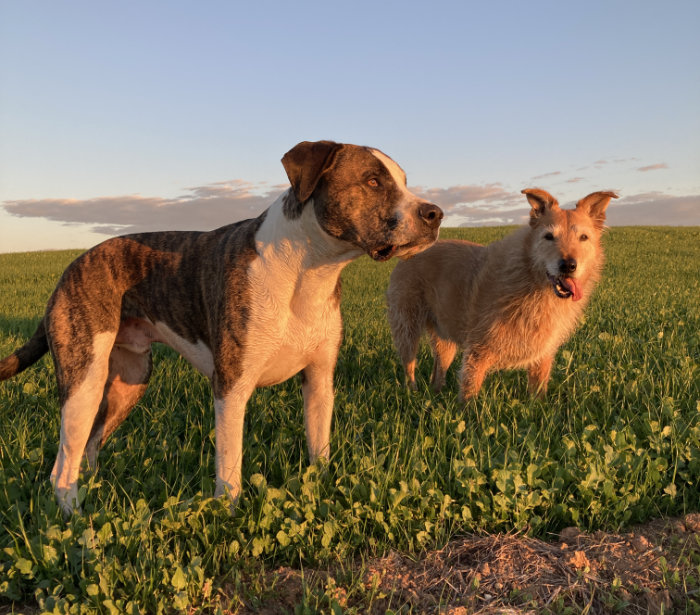
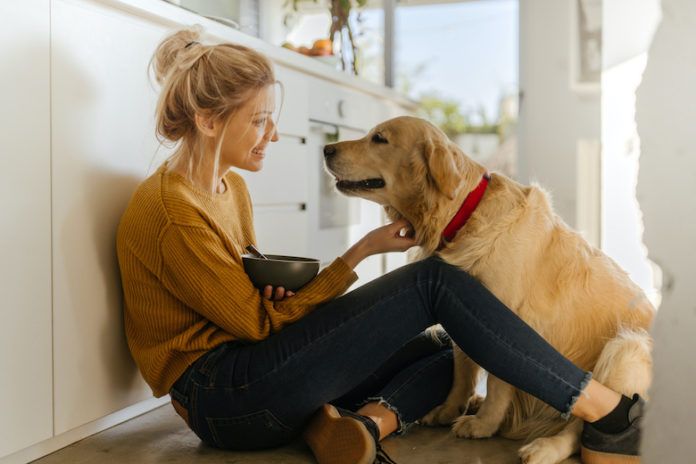
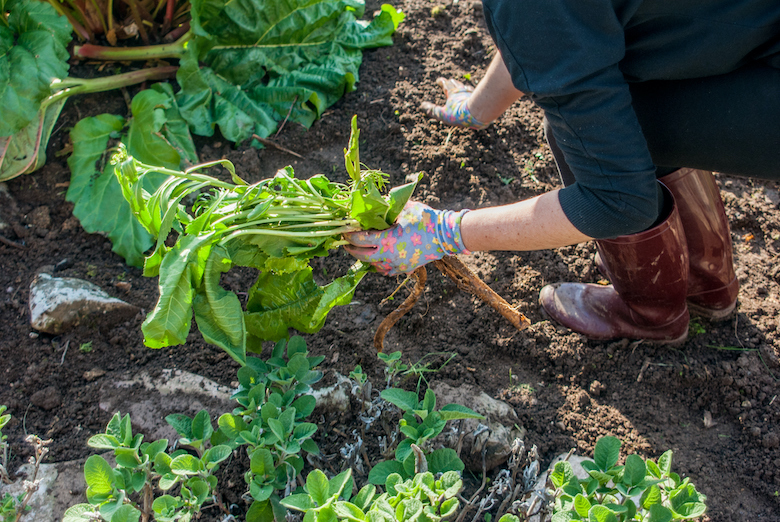


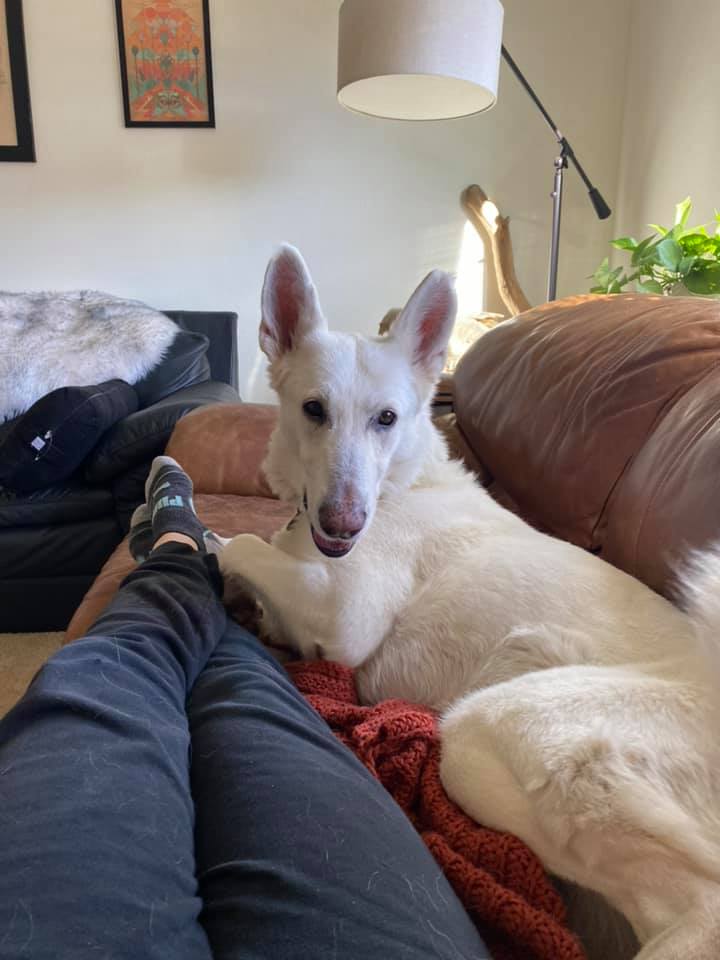
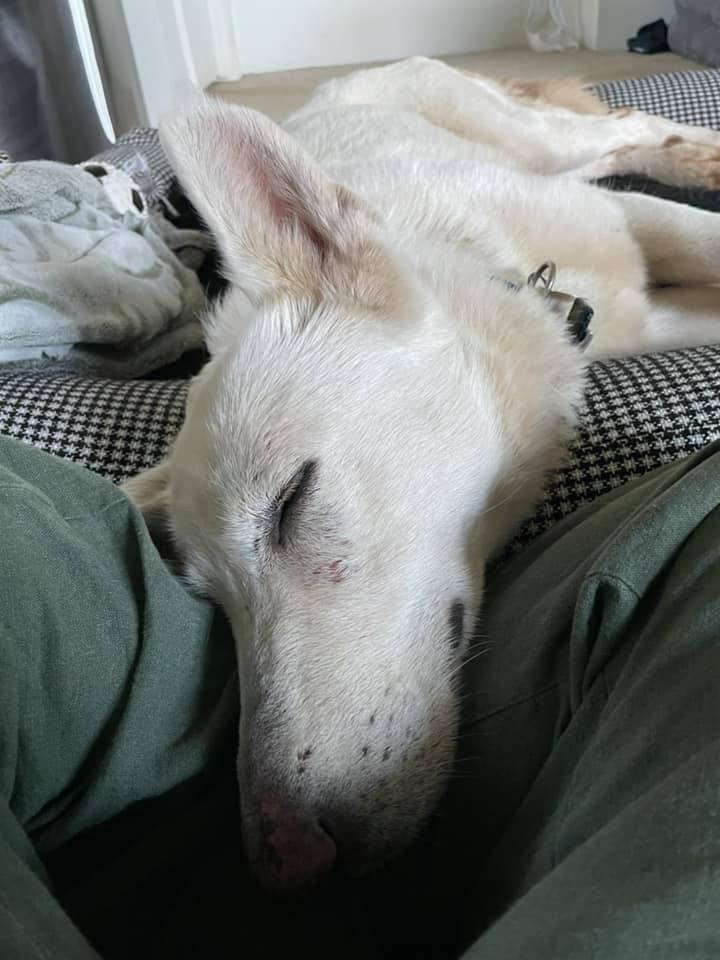
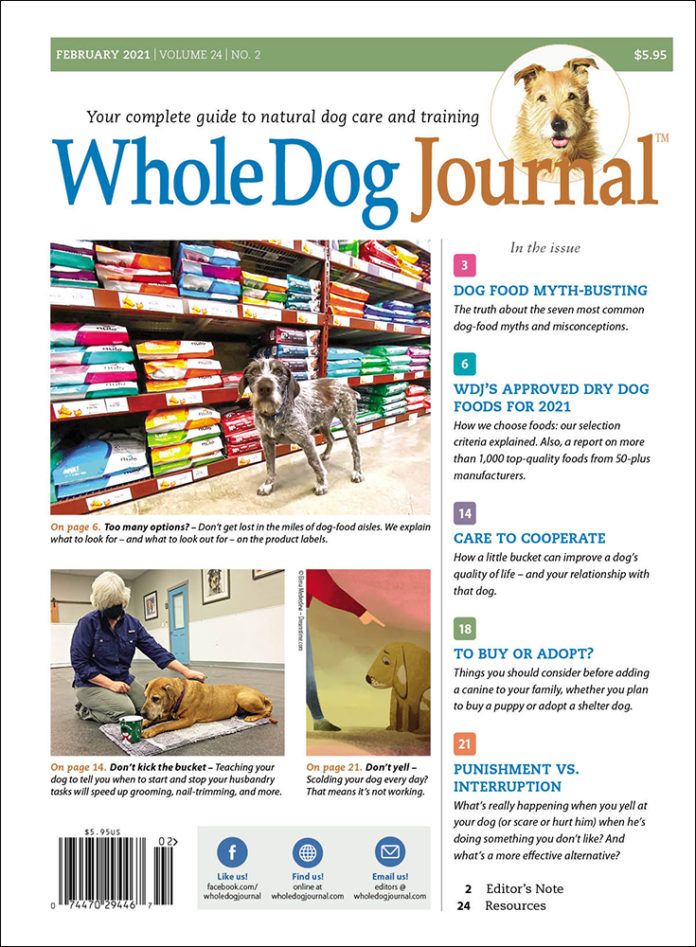

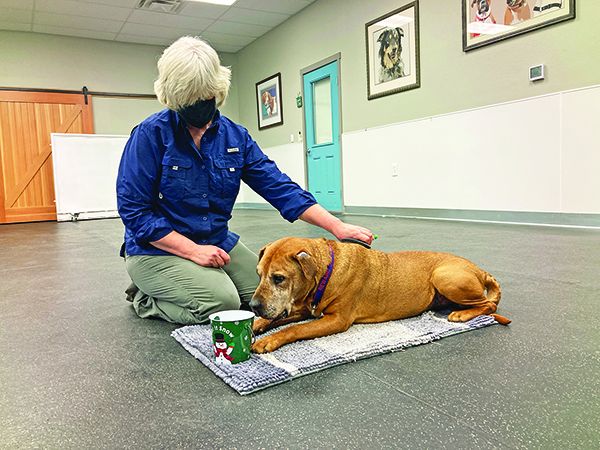
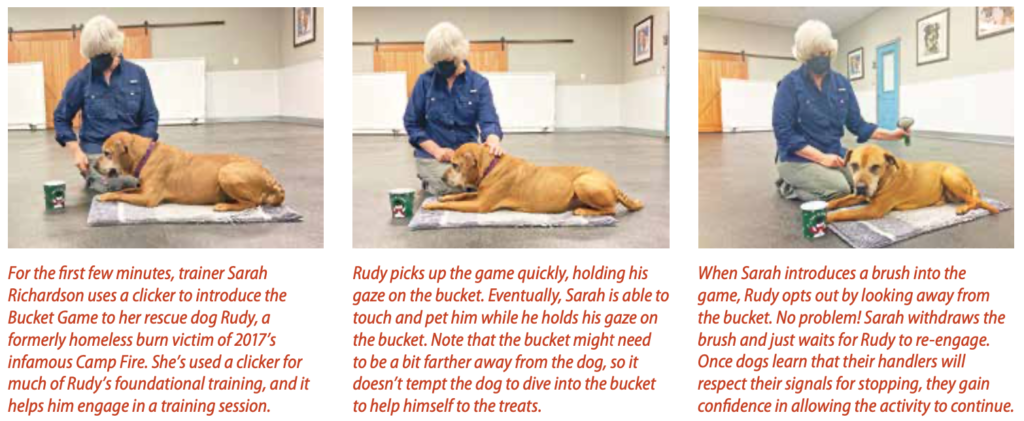
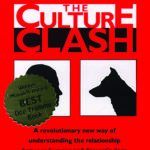 A refreshing new perspective on the relationship between people and dogs has redefined the state of the art of dog-friendly dog training. Available wherever books are sold
A refreshing new perspective on the relationship between people and dogs has redefined the state of the art of dog-friendly dog training. Available wherever books are sold